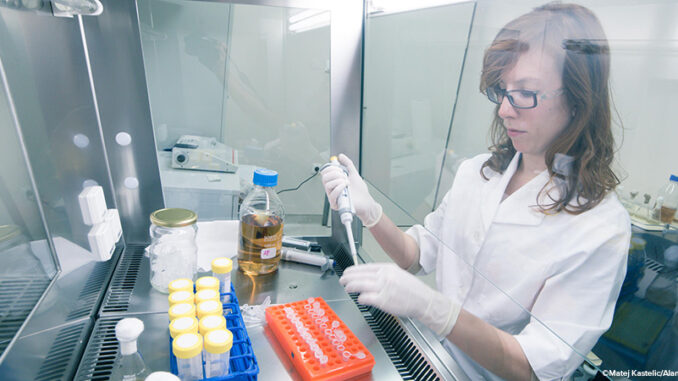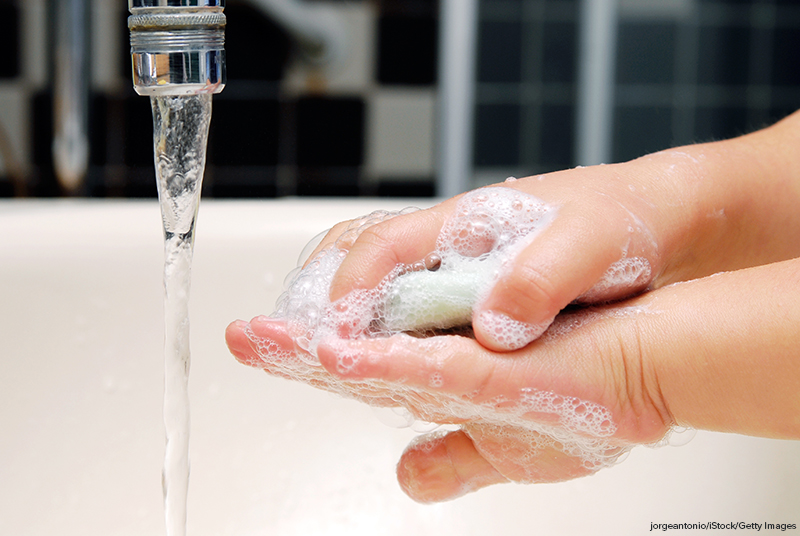
If you’re like most Americans, you’ve been hearing a lot about coronavirus, otherwise known as COVID-19. Maybe you’ve been watching the spread of the disease on the news, or you’ve been reading about how Italy has now quarantined thousands of people, or your family has started stockpiling food and other supplies. It can be hard to know how to react, or how seriously to take the threat. The White House has responded by signing an $8 billion emergency coronavirus response package last week. But where will the money go, and will it be enough? Here, btw takes a closer look.
What Will the Money Do?
The emergency funding will go toward improving preparation and response efforts, such as working to prevent the virus, to test for it, and to lower the cost for treatment. Some of the money will also be made available to state and local governments. Here’s a summary of how some of the funding breaks down:
- $500 million will be used for telehealth programs for people on Medicare so that they can access health care professionals remotely in order to get treatment for the virus.
- $300 million goes toward helping Americans pay for the vaccine once it is available, which could take a year or more.
- Over $2 billion will go to the Centers for Disease Control and Prevention for state and local preparedness efforts.
- More than $3 billion will be used to stockpile medical supplies, such as masks, as well as research on vaccines and treatment.
While 85 percent of the money will remain in the United States to address and treat cases domestically, $435 million will go toward helping the coronavirus response overseas, plus another $300 million is being designated to address humanitarian concerns worldwide.
Who Approved the Funding?
The emergency response package was a truly bipartisan effort. It passed the Senate by a vote of 96 to 1, and the House by a similar margin. Trump had originally asked for $2.5 billion, but Congress felt that far more money would be needed to contain the outbreak. Initially, Democrats expressed concern that the Trump administration might try to use the money for other things, but the final legislation includes a provision that would prevent this from happening.
So How Bad is the Situation, Really?
Though the number of people infected and killed by the disease changes daily, it’s estimated that there have been nearly 115,000 people affected worldwide, with just over 4,000 deaths so far. Here in the United States, there have been 624 cases reported so far, with 22 total deaths. To add to the confusion surrounding the virus, countries aren’t always being straightforward with their disease statistics. Russia, for example, won’t report their numbers at all, while the U.S. Center for Disease Control and Prevention has stopped disclosing the number of Americans tested for the virus.

For 80 percent of people who become infected, symptoms will be similar to that of the common cold. Those most at risk to suffer serious illness or death from the virus are elderly people, very young children, and the immuno-compromised. The CDC recommends that Americans take common-sense precautions at this time, such as washing your hands frequently, not touching your face, and avoiding contact with sick people.
To learn more about the White House’s efforts to combat the spread of COVID-19 in the United States, visit the White House Web site and go to the area on Healthcare. (Here is the link.) There you can scroll through the lists of press briefing transcripts and official statements releases made official since Vice President Pence was put in charge on February 27.
